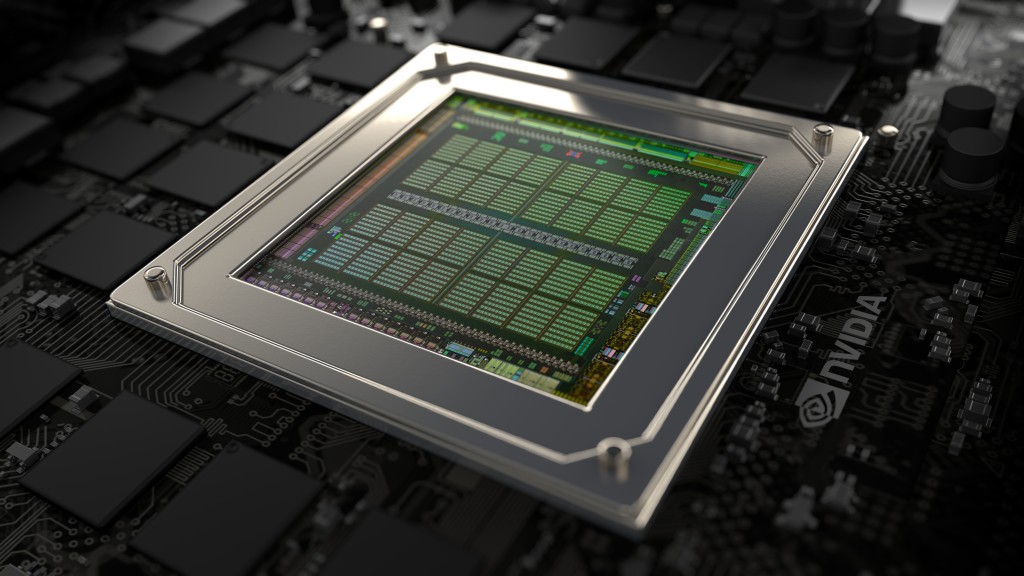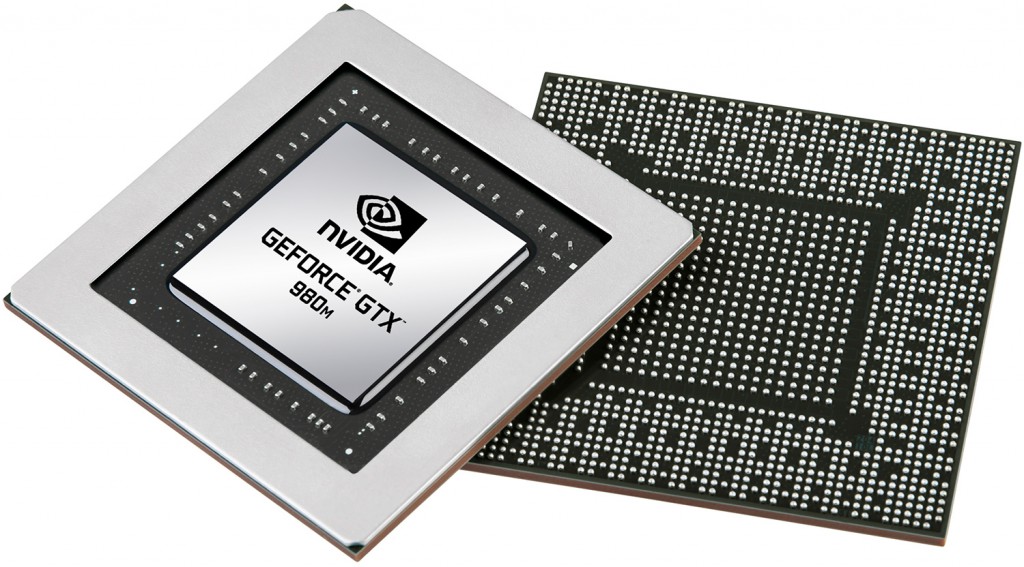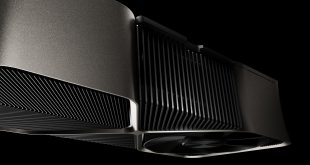Nvidia Corp. said on Thursday that it will bring back support of GeForce GTX 900M overclocking in its forthcoming drivers. The company did so after owners of notebooks featuring the aforementioned graphics adapters for mobile PCs got very upset about the lack of overclocking support in the latest drivers.
Last week the company disabled overclocking of GeForce GTX 900M-series graphics adapters for notebooks claiming that they were “not designed to support overclocking” and that running graphics processors at frequencies that exceed default could “result in non-functional systems, reduced notebook life, or many other effects.” The GPU developer called overclocking support a “bug in the drivers” and said that Nvidia had just “fixed” it.
Taking into account that integration of virtually all mobile graphics processors is a result of collaboration between a GPU developer and a notebook maker, who determine the best combination of clock-rates, cooling system, BIOS settings and other things, running mobile GPUs at higher frequencies and exceeding thermals is clearly risky. However, many gaming notebooks have very sophisticated cooling systems and have a lot of headroom for overclocking, which is something many end-users used to get higher framerates in games.
“We obsess over every possible optimization so that you can enjoy a perfectly stable machine that balances game, thermal, power, and acoustic performance,” wrote PeterS, a representative for Nvidia, in a statement. “Still, many of you enjoy pushing the system even further with overclocking.”
Restricting overclocking quickly caused a massive outrage among gamers, who use notebooks to play the latest PC titles. Fortunately, Nvidia listened to its customers and announced that it will bring overclocking support back in one of the future releases of GeForce drivers.
“Our recent driver update disabled overclocking on some [GeForce] GTX[-based] notebooks,” said the spokesman for the GPU developer. “We heard from many of you that you would like this feature enabled again. So, we will again be enabling overclocking in our upcoming driver release next month for those affected notebooks.”
Those gamers, who are eager to regain overclocking capability right away, can revert back to GeForce drivers version 344.75.
Every overclocker clearly knows that overclocking is a dangerous thing that could damage hardware. However, disabling overclocking is clearly not a good solution because in many cases relatively safe overclocking is possible and is used by gamers. A good thing is that Nvidia understood this rather quickly and promised to re-enable overclocking. Unfortunately, the reasons why the company decided to restrict overclocking are still completely unclear.
Discuss on our Facebook page, HERE.
KitGuru Says: Keeping in mind that sales of Nvidia’s GeForce GTX 900M graphics processing units are dramatically higher than sales of all their predecessors, it might make sense for Nvidia to disable overclocking so to avoid potential problems with a relatively large amount of laptop computers. Apparently, the company decided to share the risks with its customers and notebook makers by re-enabling overclocking.
 KitGuru KitGuru.net – Tech News | Hardware News | Hardware Reviews | IOS | Mobile | Gaming | Graphics Cards
KitGuru KitGuru.net – Tech News | Hardware News | Hardware Reviews | IOS | Mobile | Gaming | Graphics Cards





VICTORY!!!
Bravo comrades, bravo indeed!
We have tamed the green monster – at least, for now…
Awesome news.
Good work team.
Unfortunately, the reasons why the company decided to restrict overclocking are still completely unclear.
^Jackpot!
Ooo, someone was quick on the jump! Nice going Kitguru.
I think the concern might be that if the design limits of 900M cards were truely such as to leave relatively little safe headroom, then more people may be likely to would push the OC too far and damage their systems. Such people would then collectively complain loudly online about broken laptops, without admitting what they did to their system.. they’ll just say the laptop is damaged.
Ofcourse, they know their own warranties are void, but that is irrelevant to the PR damage it could cause; since other users (who perhaps may not do enough research) may be led to think that there’s something wrong with the laptop/card design itself. Why would NVIDIA want to risk that?
bE CAREFUL THEY MIGHT COME IN SOME DAY’S TO TELL YOU SOMEONE IN THEIR EXECUTIVES MADE A LAPSE IN THEIR WORDS, AND THERE WON’T BE ANY OVERCLOCKING ABILITY WITH THE NEW DRIVERS
There is so much wrong with your comment it’s not even funny.